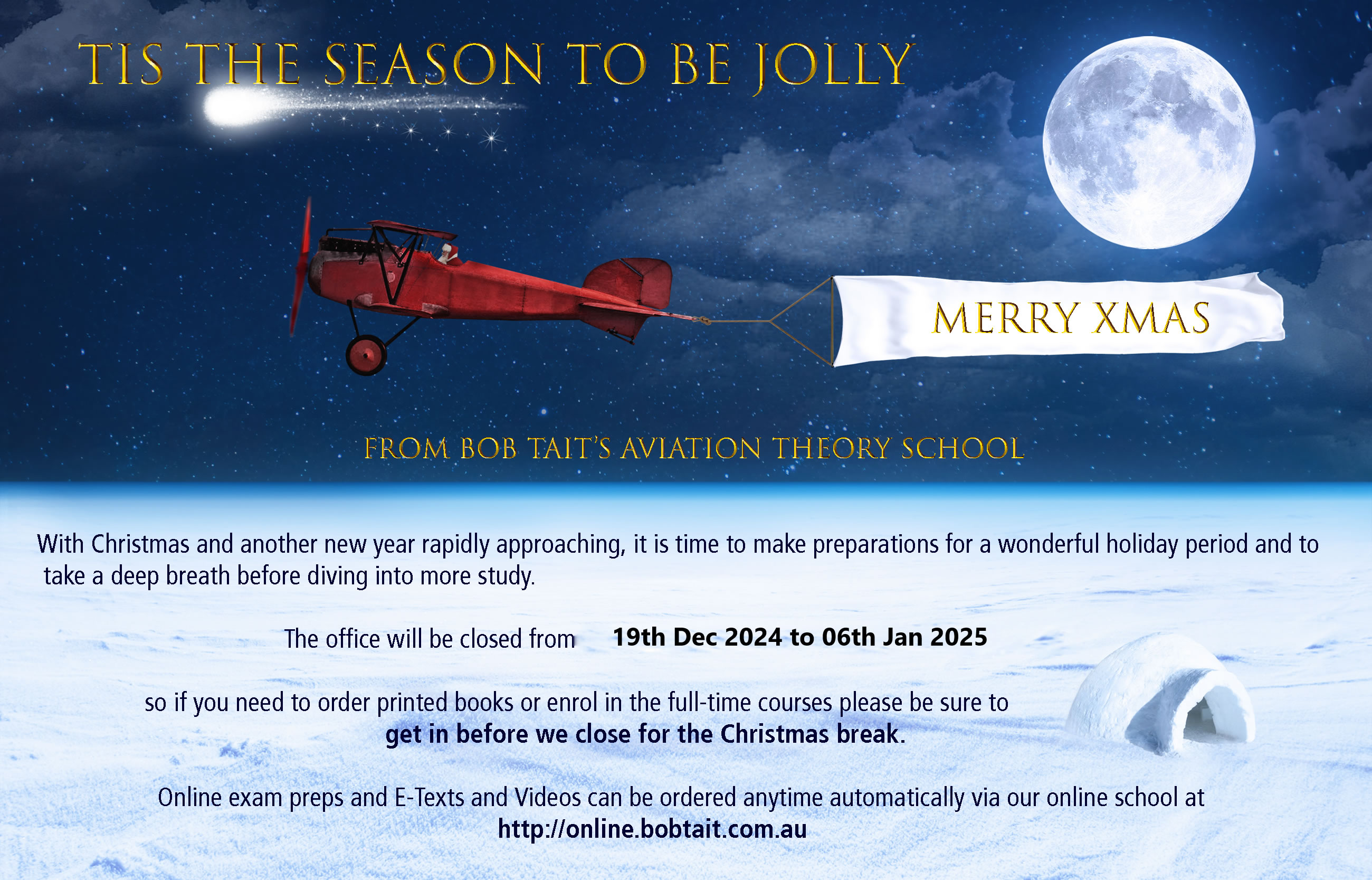Following on a bit from Bob's comments in the last post ...
The following may be of interest and use to those who prefer whizz wheels over gadgets which can end up with a flat battery .. I presume some folks still do use slide rule nav kits (E6B, Dalton, CRs, etc.) rather than, or in addition to, the plethora of electronic calculators in the market these days ? Certainly, old folks, like I am, do ... but that might just be out of force of habit, I guess.
The nav computer (multiplication and division) scales are just plain old garden variety scientific slide rule C and D scales and use logarithmic principles to run the sums. You don't need to know anything about logs to use them but, if you are interested in how they work, there are many URLs on the net which go into inordinate detail for you to peruse ..
The main considerations are precision (how many significant digits can be read or estimated) and accuracy (how close is the instrument read result to the "real" answer).
Assuming accurate construction, the main factor is length of the scales. The circular slide rule (such as the nav computers) has a small advantage here over the typical straight slide rules which, in the past, were used more generally by techo folks such as engineers and scientists.
For the normally marked instrument, precision will vary along the scale from around 4 digits towards the "1" end to 3 digits towards the "9" end. In each case, the final digit is estimated by eye when using the instrument (ie it is interpolated).
Accuracy should be OK for nav computers to around 0.1% or a bit better. So, if you need an answer to ten decimal places (and that probably indicates that you are running the sums inappropriately), use an electronic calculator with sufficient precision .. not a slide rule. For practical calculations in the aircraft, the slide rule is fine provided you use it with a bit of care and attention .. you really don't need to know the distance to run precise to a micron when the accuracy is nothing like that. Similarly, one of my pet things is the often seen weight and balance figures where CGs are presented to a precision of a tenth or a hundredth of a millimetre when the accuracy is probably somewhere around 5 - 10 mm, at best, for a light aircraft
An important consideration in slide rule use is to minimise the number of operations. So, for the previous calculation, one would run that on a slide rule as 180/132 x 6.9 which is one setting of the instrument, rather than as it was written, 180 x 6.9 / 132 which is two settings. As for any calculation with underlying or inherent errors, each additional integral calculation involved in getting to the answer increases the overall final error.








